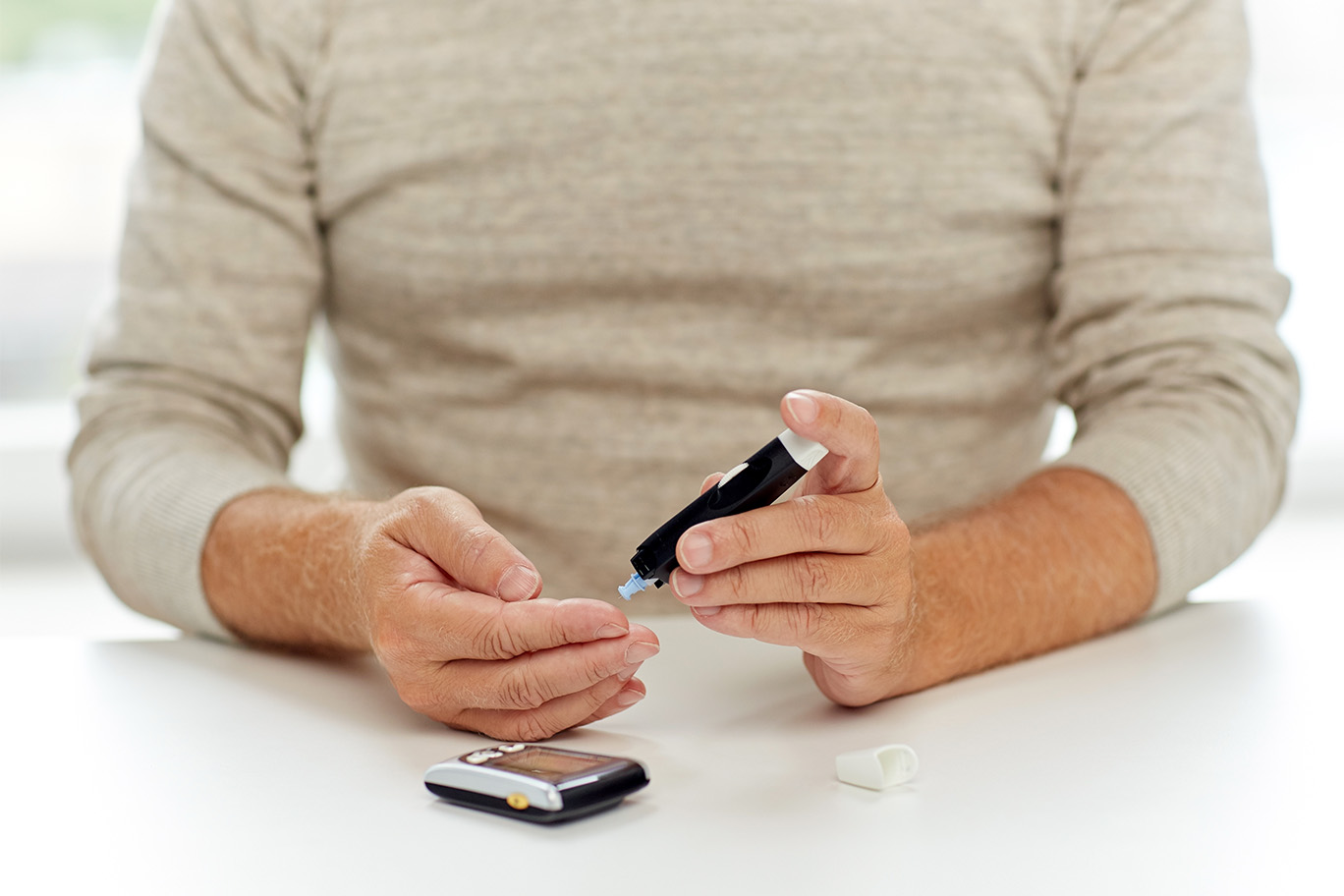Diabetes can arise in individuals at any age across the life span. As with any patient, the dentist should review the patient’s medical history, take vital signs, and evaluate for oral signs and symptoms of inadequately controlled diabetes, which may be common. Oral manifestations of uncontrolled diabetes can include xerostomia, burning sensation in the mouth (which may possibly be related to neuropathy), impaired/delayed wound healing, increased incidence and severity of infections, secondary infection with candidiasis; parotid salivary gland enlargement; gingivitis and/or periodontitis
Key questions a dentist may want to ask a patient with diabetes follow:
How old were you when you were diagnosed with diabetes and what type of diabetes do you have?
How long has it been since the diagnosis?
What medications do you take?
How do you monitor your blood sugar levels?
How often do you see your doctor about your diabetes?
When was your last visit to the doctor?
What was the most recent HbA1c (A1C) result?
Do you ever have episodes of very low (hypoglycemia) or very high blood sugar (hyperglycemia)?
Do you ever find yourself disoriented, agitated, and anxious for no apparent reason?
Do you have any mouth sores or discomfort?
Does your mouth feel dry?
Do you have any other medical conditions related to your diabetes, such as heart disease, high blood pressure, history of stroke, eye problems, limb numbness, kidney problems, delays in would healing, history of gum disease? Please describe.
In general, morning appointments are advisable in patients with diabetes since endogenous cortisol levels are typically higher at this time; because cortisol increases blood sugar levels, the risk of hypoglycemia is less. For patients using short- and/or long-acting insulin therapy, appointments should be scheduled so they do not coincide with peak insulin activity, which increases the risk of hypoglycemia.
It is important to confirm that the patient has eaten normally prior to the appointment and has taken all scheduled medications. If a procedure is planned with the expectation that the patient will alter normal eating habits ahead of time (e.g., conscious sedation), diabetes medication dose may need to be modified in consultation with the patient’s physician. Patients with well-controlled diabetes can usually be managed conventionally for most surgical procedures. If the patient’s food consumption will be affected after oral or dental surgery, a plan to balance the patient’s diabetes medications and food intake should be established in advance.
Dentists should err on the side of caution when treating patients with marginally or poorly controlled diabetes. Exercising good clinical judgment is essential because, in some situations, elective dental treatment may need to be delayed until the patient’s diabetes is considered stable or better controlled. Dental implants can be placed in patients with well-controlled diabetes, and possibly in those with moderately controlled disease. However, implant placement in patients with poorly controlled disease has an unpredictable prognosis and, if possible, should be avoided.
Coordination with the patient’s physician may be necessary to determine the patient’s health status and whether planned dental treatment can be safely and effectively accomplished. Physicians should make laboratory test results available to the dentist upon request, and inform the dentist of any diabetic complications of relevance to the individual patient prior to dental procedures. The physician may need to adjust the patient’s diabetes medication to help ensure sustained metabolic control, before, during, and after surgical procedures.


